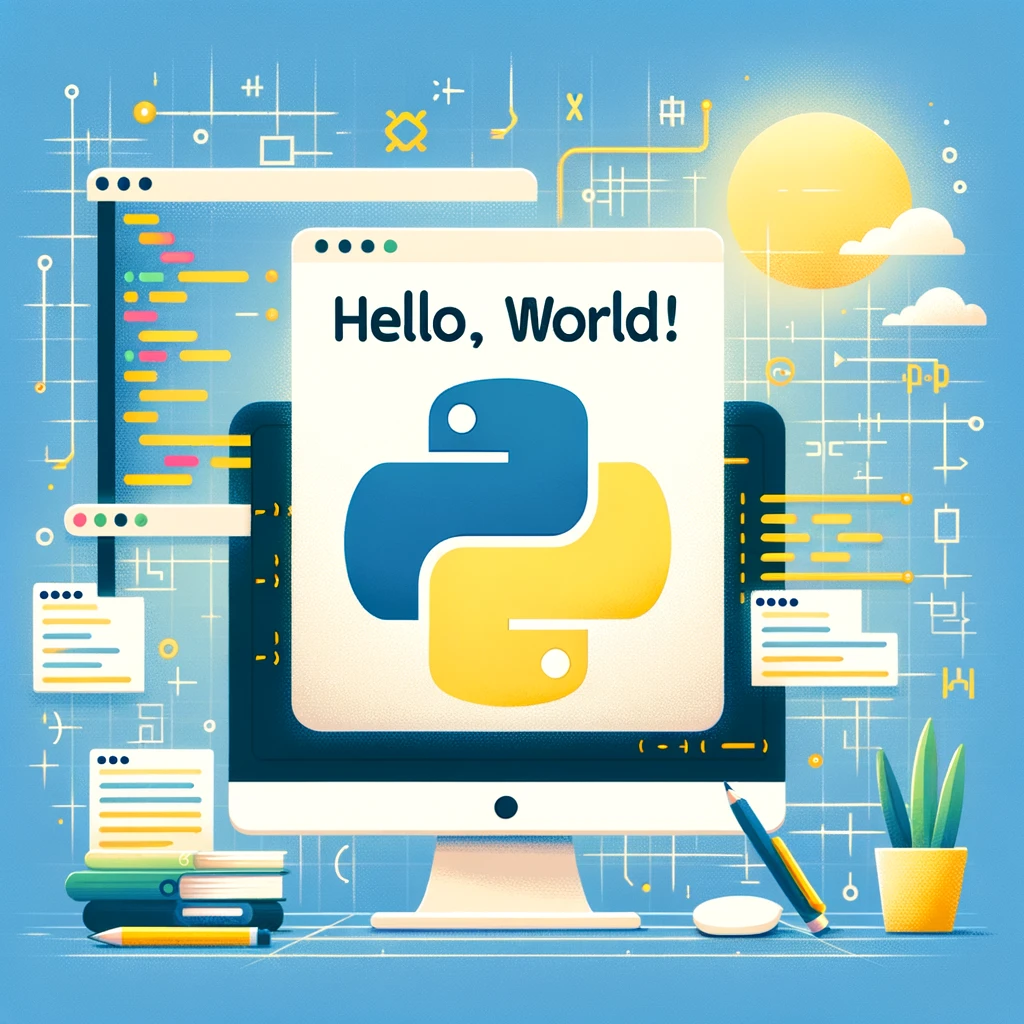
Guide for Beginners
Python is a popular programming language used by programmers of all levels, from beginners to experts. The reasons for its popularity are its high readability, ease of learning, and versatility across various fields. This article will introduce the basics of Python and its features.
1-1. Basic Features of Python
- Simple and Readable Syntax: Python is designed to allow the writing of clean and concise code. This enhances the readability of the code and makes maintenance easier.
- Versatile Applications: Python is used in various fields, including data analysis, web development, and artificial intelligence. Thanks to Python’s extensive libraries and frameworks, it is suitable for a wide range of projects.
- Strong Community Support: Python has a robust developer community. This means that beginners can easily find learning resources and support.
1-2. Examples of Python Usage
- Web Development: You can develop websites or web applications using web frameworks like Flask or Django.
- Data Science and Machine Learning: Libraries such as NumPy, pandas, Matplotlib, TensorFlow, and PyTorch enable you to perform data analysis, visualization, and build machine learning models.
- Automation Scripts: You can easily write scripts to automate routine tasks.
In the second article, we will look at Python installation and basic environment setup. This process is the first step into the world of Python and lays the foundation for all Python projects.
Installing and Setting Up Python: Getting Started
To use Python, you must first install it on your computer. The installation process may vary slightly depending on the operating system but is generally straightforward and intuitive. This guide provides installation instructions for Windows, macOS, and Linux users.
2-1. Downloading Python
- Windows: Download the latest version of Python from the official website. Before running the installer, select the “Add Python 3.x to PATH” option to add Python and pip to your system path automatically.
- macOS: You can use Homebrew or download the installer from the official Python website. The easiest way to install it is by running the brew install python3 command in the terminal.
- Linux: Most Linux distributions come with Python already installed. If not, you can install Python through the package manager specific to your distribution.
2-2. Verifying Installation and Setting Up the Environment
After installation, you can check the version of installed Python by entering python –version or python3 –version in the terminal or command prompt. Similarly, verify pip installation with the pip –version command.
2-3. Setting Up a Virtual Environment
Before starting a Python project, it is good practice to create a separate environment for each project. You can create and activate a virtual environment using the venv module.
Creating a virtual environment: Execute the following command within your project directory.
python -m venv myenv
Activating the virtual environment:
Windows: myenv\Scripts\activate.bat
macOS/Linux: source myenv/bin/activate
Once the virtual environment is activated, you can install and manage Python packages within it. When you finish with the project, you can deactivate the virtual environment with the deactivate command.
Now let’s truly step into the world of Python!